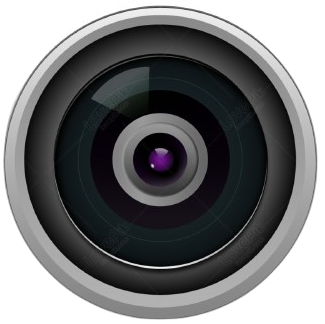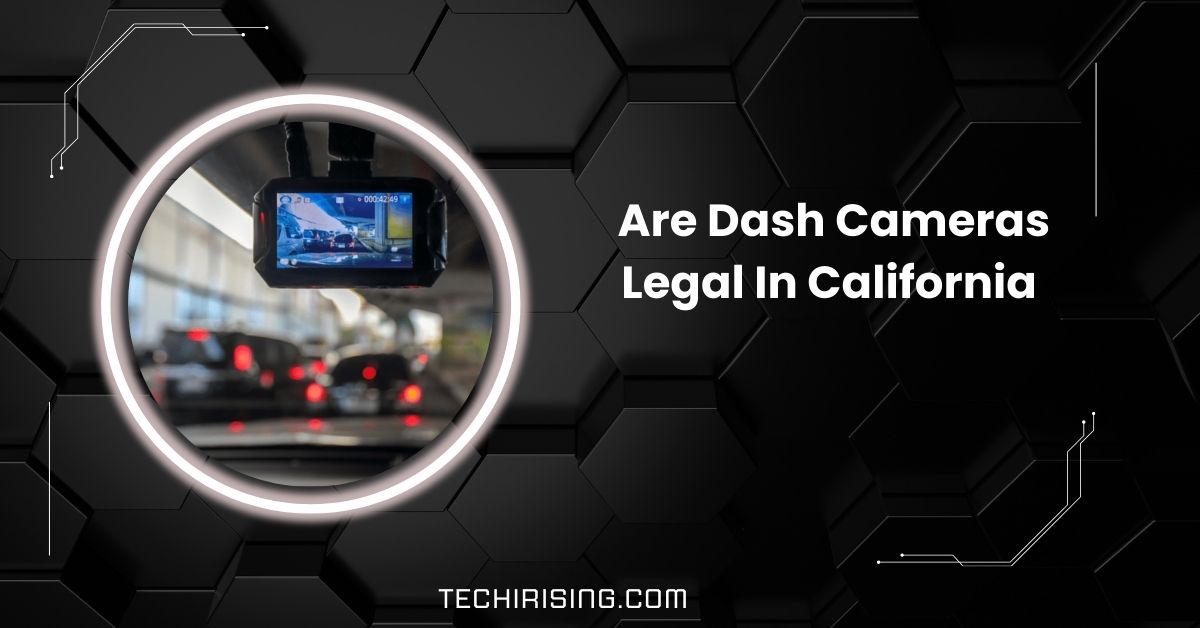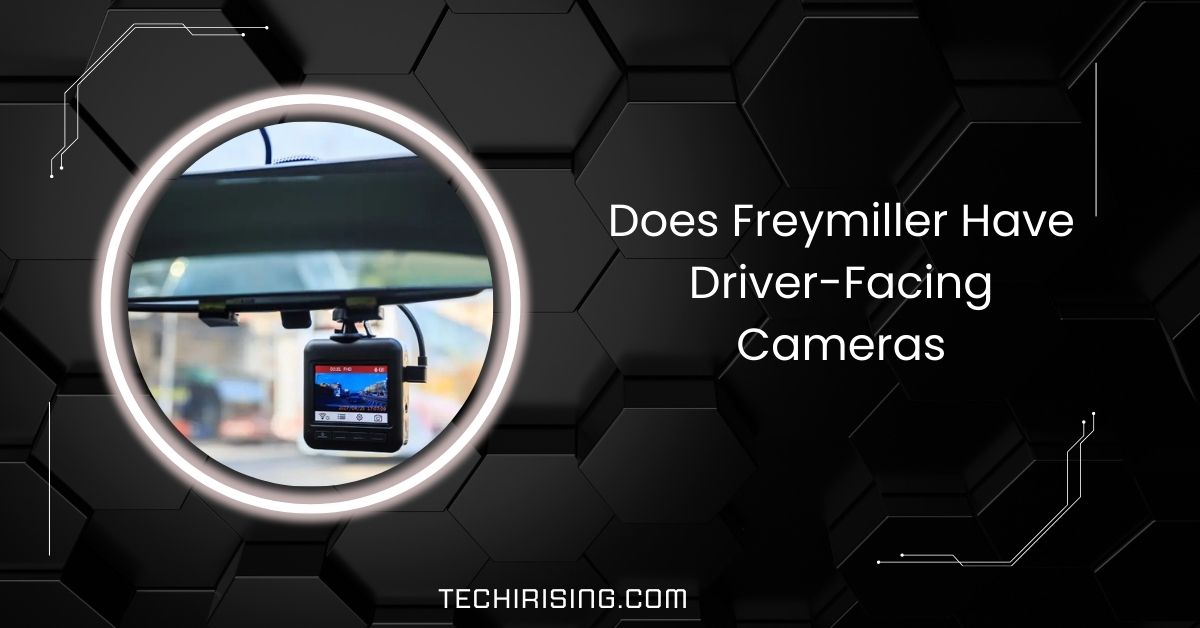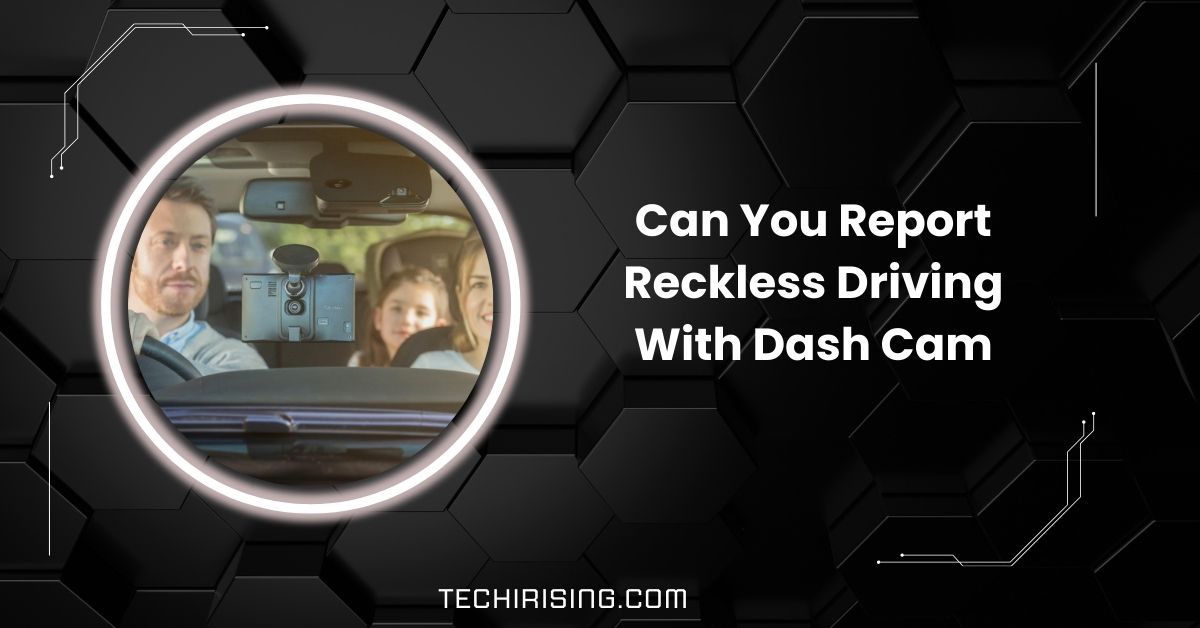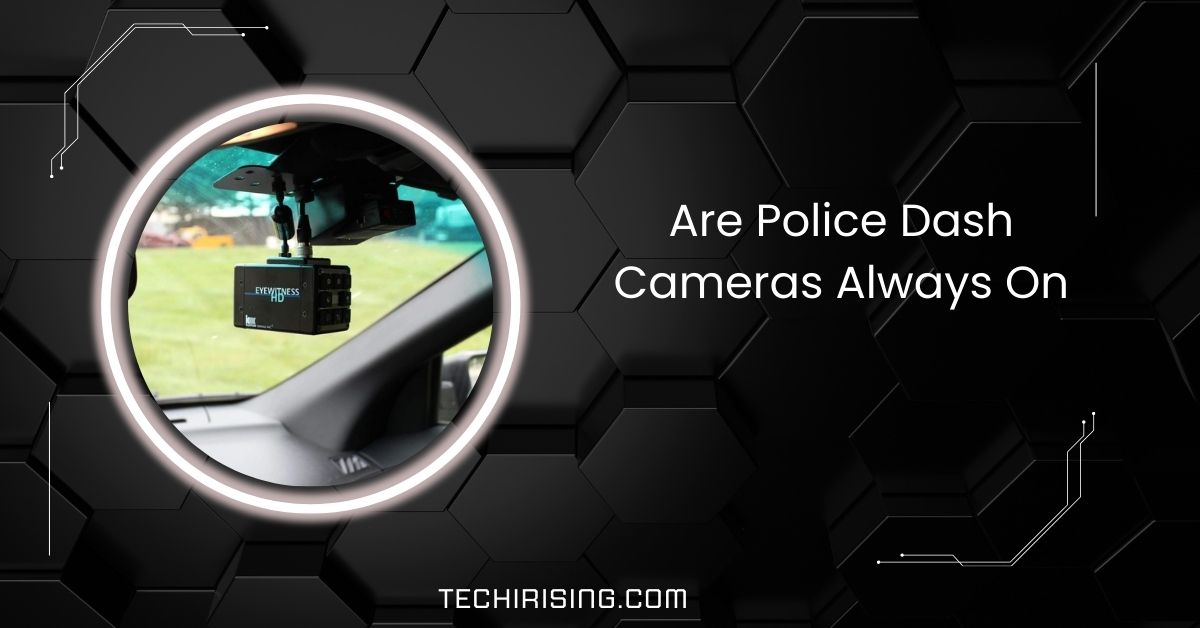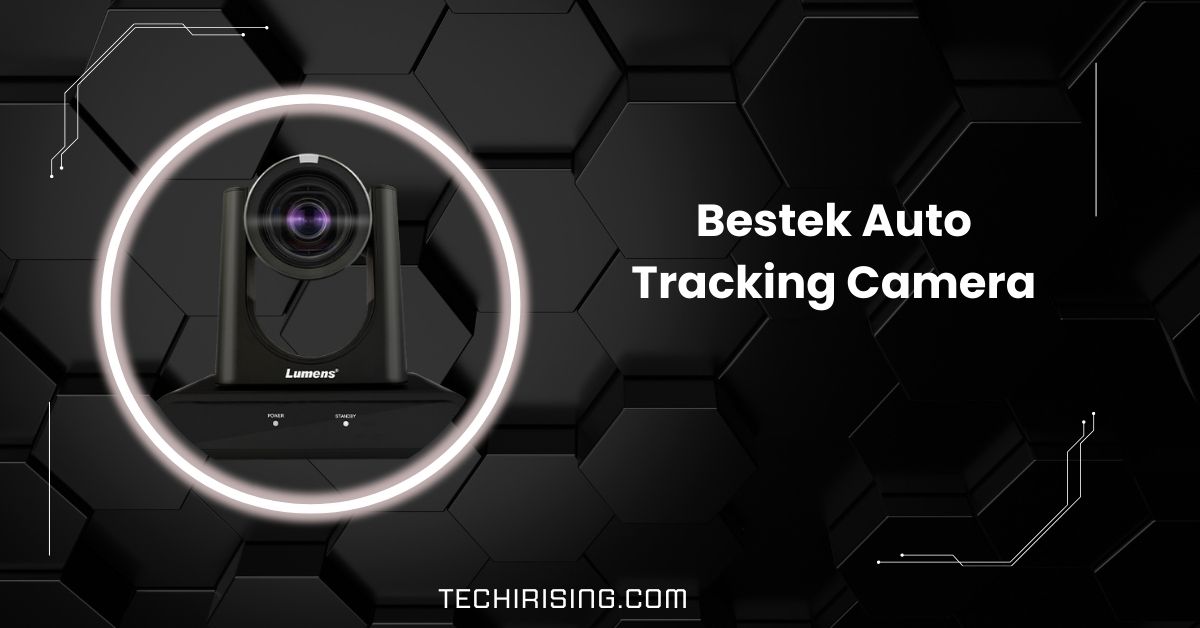Dash cameras, or dash cams, are becoming more popular among drivers in California. They help capture accidents, prevent fraud, and provide security on the road.
Yes, dash cameras are legal in California, but they must be placed correctly and follow two-party consent laws for audio recording. Avoid blocking visibility or interfering with airbag deployment to stay compliant.
In this guide, we’ll explain everything you need to know about dash cam laws in California so you can use one without any worries.
Legal Status of Dash Cams in California
In 2011, California legalized dash cams, recognizing their potential benefits in documenting traffic incidents and promoting road safety.
However, the state has implemented regulations to ensure these devices do not compromise driver visibility or infringe individual privacy rights.
Placement and Size Restrictions

California Vehicle Code Section 26708 addresses the placement of objects on vehicle windshields and windows. While the code generally prohibits drivers from placing objects that obstruct their view, exceptions are made for dash cams, provided they adhere to specific size and placement guidelines:
- Upper Center of the Windshield: Dash cams can be mounted in the upper center area of the windshield, occupying no more than five square inches.
- Lower Right Corner of the Windshield: Devices can be placed in the lower right corner if they do not exceed seven square inches.
- Lower Left Corner of the Windshield: For the area nearest to the driver, dash cams must be no greater than five square inches if placed in the lowest corner of the windshield.
It’s essential to ensure that the dash cam’s placement does not interfere with the deployment of airbags or other safety features. Consulting with a professional installer or referring to the vehicle’s manual can guide optimal positioning.
Audio Recording and Privacy Considerations
California is a “two-party consent” state under the California Invasion of Privacy Act (CIPA). All parties involved in a conversation must consent to being recorded.
For drivers using dash cams with audio recording capabilities, informing all passengers that their conversations may be recorded is imperative. Failure to obtain consent can lead to legal consequences, including fines and potential criminal charges.
Data Retention and Usage
State regulations also dictate how long dash cam footage can be retained. Specifically, dash cams can record 30 seconds before and after a triggering event, such as a collision or sudden deceleration.
This limitation balances the benefits of recording incidents with concerns over continuous surveillance and privacy.
Admissibility of Dash Cam Footage in Legal Proceedings
Dash cam footage can be valuable evidence in legal contexts, such as traffic accident disputes or criminal cases. For the footage to be admissible in California courts, it must meet certain criteria:
- Relevance: The footage must directly pertain to the legal issue at hand.
- Legality: The recording must comply with California’s dash cam regulations, including proper placement and obtaining consent for audio recordings.
- Authentication: The footage must be verified as genuine and unaltered.
An experienced attorney can assist in ensuring that dash cam footage is appropriately presented and utilized in legal proceedings.
Benefits of Using Dash Cams
The adoption of dash cams offers several advantages to drivers:
- Evidence in Accidents: Dash cams provide an objective account of events leading up to and during a collision, which can be crucial in determining fault and facilitating insurance claims.
- Protection Against Fraud: In cases where individuals may attempt to stage accidents or submit fraudulent claims, dash cam footage can serve as a deterrent and provide proof against such activities.
- Monitoring Driving Behavior: For fleet operators or parents of teenage drivers, dash cams can be used to monitor driving habits, promoting safer driving practices.
Choosing the Right Dash Cam

When selecting a dash cam, consider the following factors:
- Video Quality: High-definition recording ensures that details such as license plates and road signs are captured.
- Field of View: A wider field allows the camera to capture more of the surroundings, providing a comprehensive perspective of incidents.
- Storage Capacity: Adequate storage ensures that footage is retained sufficiently before being overwritten.
- Additional Features: Features such as GPS tracking, night vision, and motion detection can enhance the functionality of the dash cam.
California Dash Cam Laws 30 Seconds
Dash cams in California can record up to 30 seconds before and after an event, like a crash or sudden stop. This helps capture important details without recording too much unnecessary footage.
However, drivers must follow placement and privacy rules to stay legal. Always check local laws to avoid any trouble.
California Dash Cam Placement
California law allows dash cams, but they must be placed correctly. You can mount them in the upper center of the windshield (up to 5 square inches) or the lower corners (up to 7 square inches).
The placement should not block the driver’s view or interfere with airbags. Proper installation keeps you safe and legal.
California Vehicle Code 26708
This law says drivers cannot block their windshield with objects, including dash cams. However, there are exceptions for small devices like dash cams if they follow size and placement rules.
The goal is to ensure clear visibility for safe driving. Breaking this law can lead to fines, so always mount your dash cam correctly.
Are Cammed Cars Illegal in California?
Yes, most cammed cars are illegal in California. Modified camshafts that change a car’s emissions or noise levels usually do not meet the state’s strict smog laws.
If your car doesn’t pass emissions tests, you could face fines or be unable to register it. Always check local laws before making engine modifications.
Are Dash Cams Legal?

Yes, dash cams are legal in California but they must be installed correctly. They should not block the driver’s view and must follow size restrictions.
Also, if your dash cam records audio, you must tell passengers because California requires consent to record conversations. Following these rules helps you stay on the right side of the law.
Employee Rights Dash Cam
You have rights if you are an employee driving a company vehicle with a dash cam. Employers must inform you if they are recording audio or video.
Hidden cameras are illegal. If you feel your privacy is being violated, you can report it. Always check your company’s policy and California labor laws for protection.
FAQs
1. Are You Allowed to Have a Dash Cam in California?
Yes, dash cams are legal in California but must follow size and placement rules. Audio recording also requires consent from all passengers.
2. Do I Have to Tell Cops I Have a Dash Cam?
No, you don’t have to tell the police about your dash cam. However, if asked, it’s best to be honest, especially if footage is requested.
3. Where Can I Put My Dash Cam in California?
You can mount it in the windshield’s upper center (5 square inches) or lower corners (7 square inches) but never block your view.
4. Does Your Insurance Go Down If You Have a Dash Cam?
Most U.S. insurance companies don’t offer discounts for dash cams, but footage can help prove fault in accidents and support claims.
5. Do You Have to Tell Someone You Have a Dash Cam?
You must inform passengers if your dash cam records audio because California requires consent to record conversations. No need to mention video recording.
6. Can a Dash Cam Be Used Against You?
Yes, if your dash cam records evidence of reckless driving, speeding, or violations, it can be used in court or by insurance companies.
7. Where Are You Allowed to Put a Dash Cam?
California law allows dash cams in the windshield’s upper center or lower corners. It must not block visibility or interfere with airbags.
8. Can a Dash Cam Be Used as a Surveillance Camera?
Yes, you can use a dash cam for surveillance, but it must follow privacy laws. Recording people without consent in private spaces can be illegal.
9. Do You Need to Declare a Dash Cam?
No, you don’t have to declare a dash cam, but informing your insurance company may help if you use the footage for claims.
10. Where Not to Put Dash Cam?
Avoid placing it in the middle of the windshield, near airbags, or anywhere blocking your view. Improper placement can lead to fines.
Conclusion
Dash cams are legal in California, but you must follow certain rules. Place them correctly so they don’t block your view or interfere with airbags. If your dash cam records audio, you need permission from everyone in the car since California is a two-party consent state. Dash cam footage can help prove accidents, prevent fraud, and improve safety. However, misuse can lead to fines or legal trouble. Always follow state laws and use your dash cam responsibly to enjoy its benefits without any worries.
